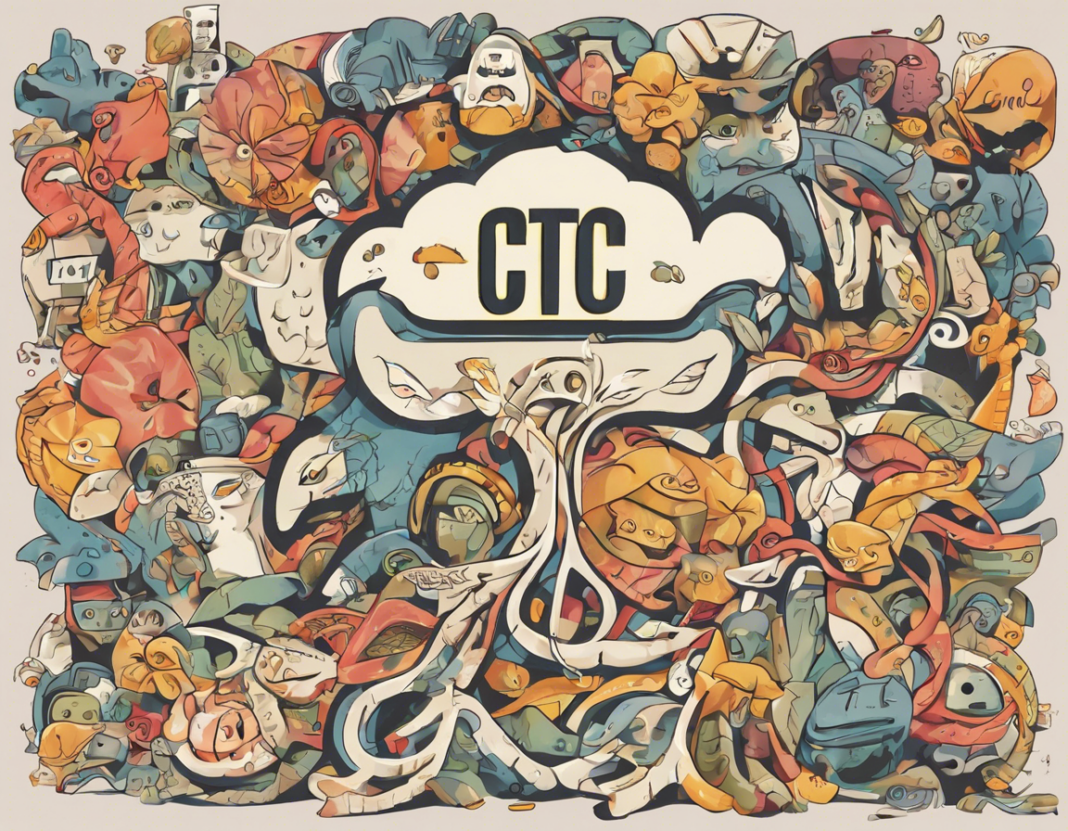CTC Meaning: Understanding the Acronym
In today’s fast-paced world of technology, acronyms have become a common part of our daily communication. One such acronym that you might have come across in various contexts is CTC. If you are wondering what CTC stands for and how it is used in different industries, this article aims to provide you with a comprehensive understanding of the term.
What is CTC?
CTC stands for Cost to Company. It is a term commonly used by organizations and businesses to refer to the total amount of money that it costs to employ a particular individual in a given period. CTC includes not just the individual’s salary but also various other components such as bonuses, allowances, benefits, and perks that the employer provides to the employee as part of the employment package.
Breaking Down the Components of CTC
When an organization offers a candidate a job with a certain CTC, it is important to understand the different elements that make up this total cost. Here are some of the key components typically included in a CTC package:
1. Basic Salary: This is the fixed component of the salary that the employee receives on a monthly basis.
2. Allowances: These include various allowances such as housing allowance, transport allowance, medical allowance, and more, which are provided to the employee to cover specific expenses.
3. Bonuses: Bonuses can be performance-based, annual, or any other form of bonus that the employer offers to the employee on top of their basic salary.
4. Provident Fund (PF) and Gratuity: These are mandatory contributions made by the employer towards the employee’s retirement benefits.
5. Medical Insurance: Many companies offer medical insurance coverage for their employees as part of the CTC package.
6. Leave Encashment: Some organizations include leave encashment as part of the CTC, allowing employees to encash their unused leaves.
7. Other Perks: This can include perks such as car allowance, phone allowance, meal vouchers, gym memberships, etc., that the employer provides to the employee.
Understanding the Significance of CTC
For employees, understanding the CTC offered by an organization is crucial when evaluating a job offer. While a high CTC may seem attractive on the surface, it is important to consider the breakdown of the components to assess the actual take-home salary and the overall benefits being provided.
Employers use CTC as a tool to attract potential candidates by showcasing the total value of the employment package. It also helps in budgeting and managing the costs associated with each employee.
CTC in Different Industries
The concept of CTC is prevalent across various industries and sectors, including:
1. Corporate Sector: In the corporate world, companies often use CTC to outline the total cost associated with an employee, including salary, benefits, and allowances.
2. Information Technology (IT) Industry: IT companies are known for offering competitive CTC packages to attract top talent, including various perks and benefits along with the salary.
3. Financial Services: Banks, insurance companies, and other financial institutions typically offer lucrative CTC packages to employees, including performance-based incentives and bonuses.
4. Start-ups: Start-up companies may also use CTC as a tool to attract skilled employees by offering a combination of salary, equity, and other benefits.
FAQs on CTC:
1. What is the difference between CTC and Take-Home Salary?
– CTC is the total cost to the company for employing an individual, including salary, benefits, and perks, while the take-home salary is the amount that an employee receives after deductions such as taxes, PF, and other contributions.
2. Can CTC be negotiated?
– Yes, CTC components such as bonuses, allowances, and perks can be negotiated to some extent during the job offer stage.
3. Do all companies offer the same components in CTC?
– No, the components of CTC vary from company to company based on their policies and industry norms.
4. How is CTC different from Gross Salary?
– Gross salary includes the basic salary and allowances, while CTC encompasses the total cost to the company, including additional benefits and perks.
5. What should employees consider while evaluating a CTC offer?
– Employees should look beyond the total CTC amount and consider factors such as the breakup of components, growth opportunities, work-life balance, and job satisfaction.
In conclusion, understanding the meaning of CTC and its components is essential for both employers and employees in navigating the dynamics of the job market. Whether you are a job seeker evaluating a job offer or an employer structuring compensation packages, being well-informed about CTC can help you make informed decisions that align with your financial goals and organizational objectives.

